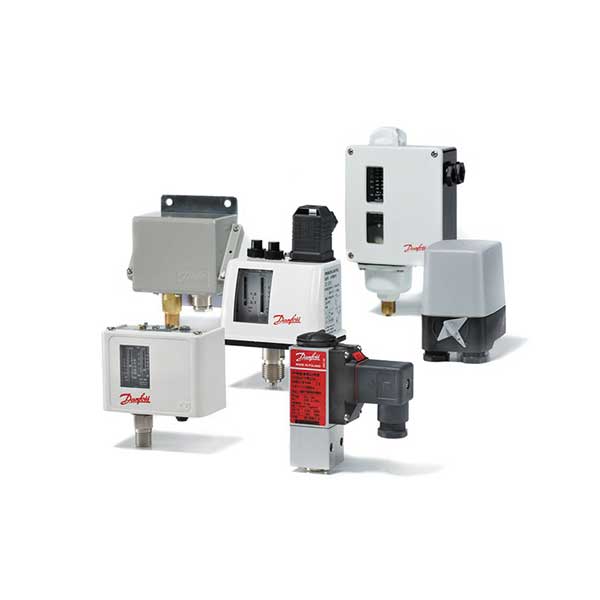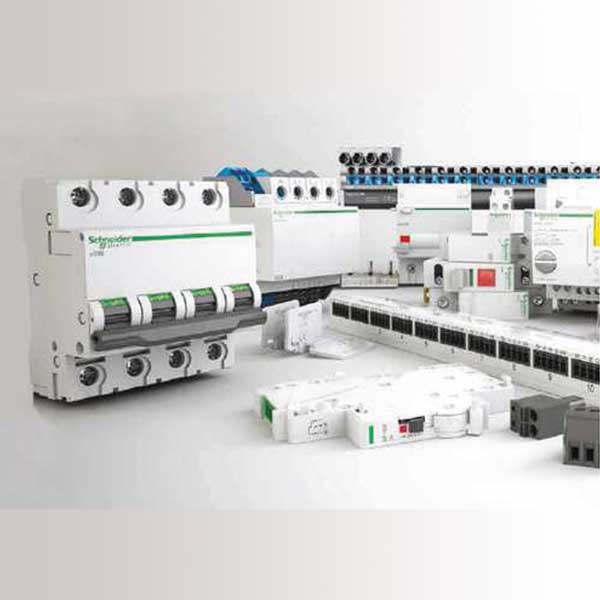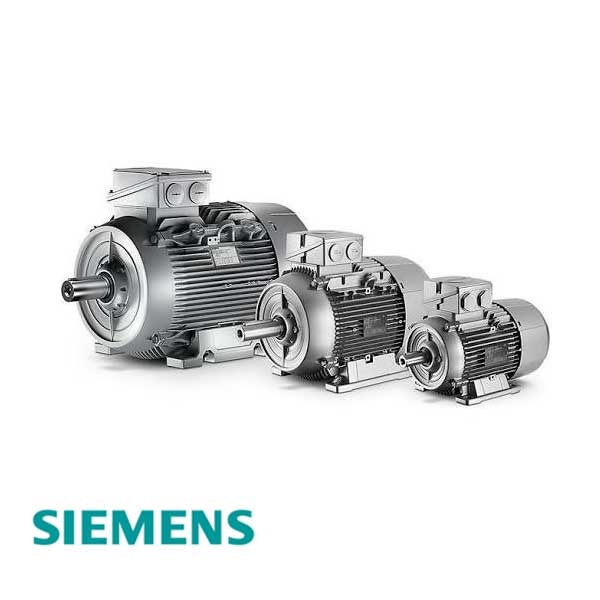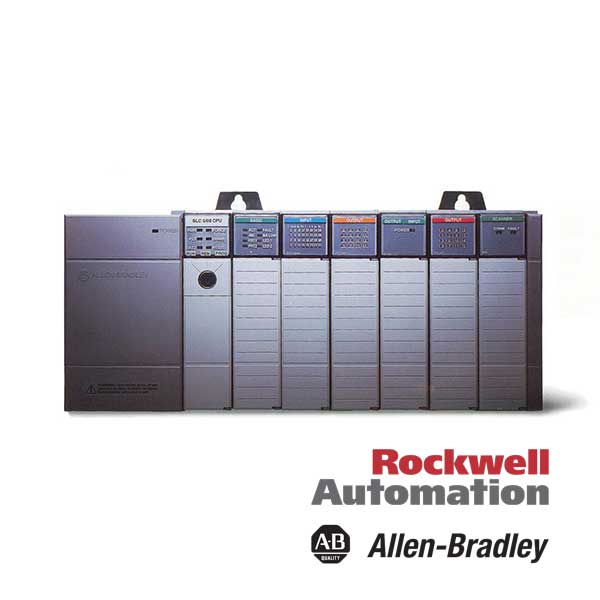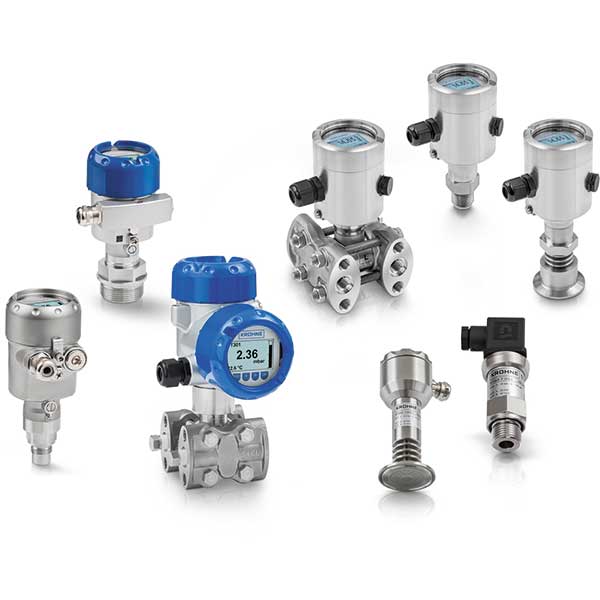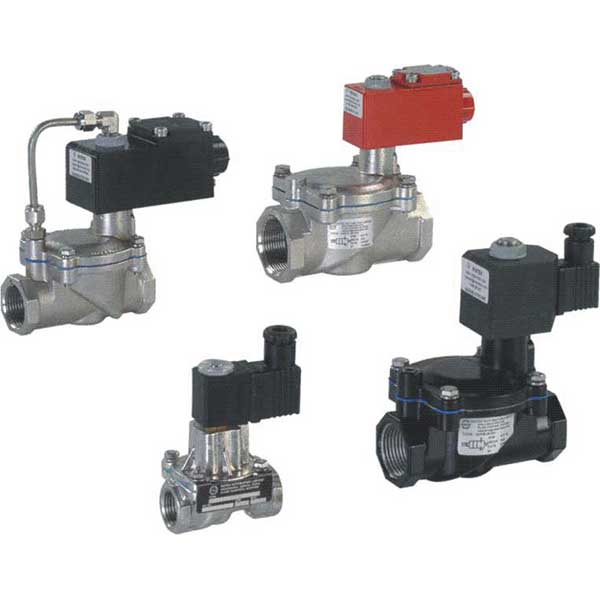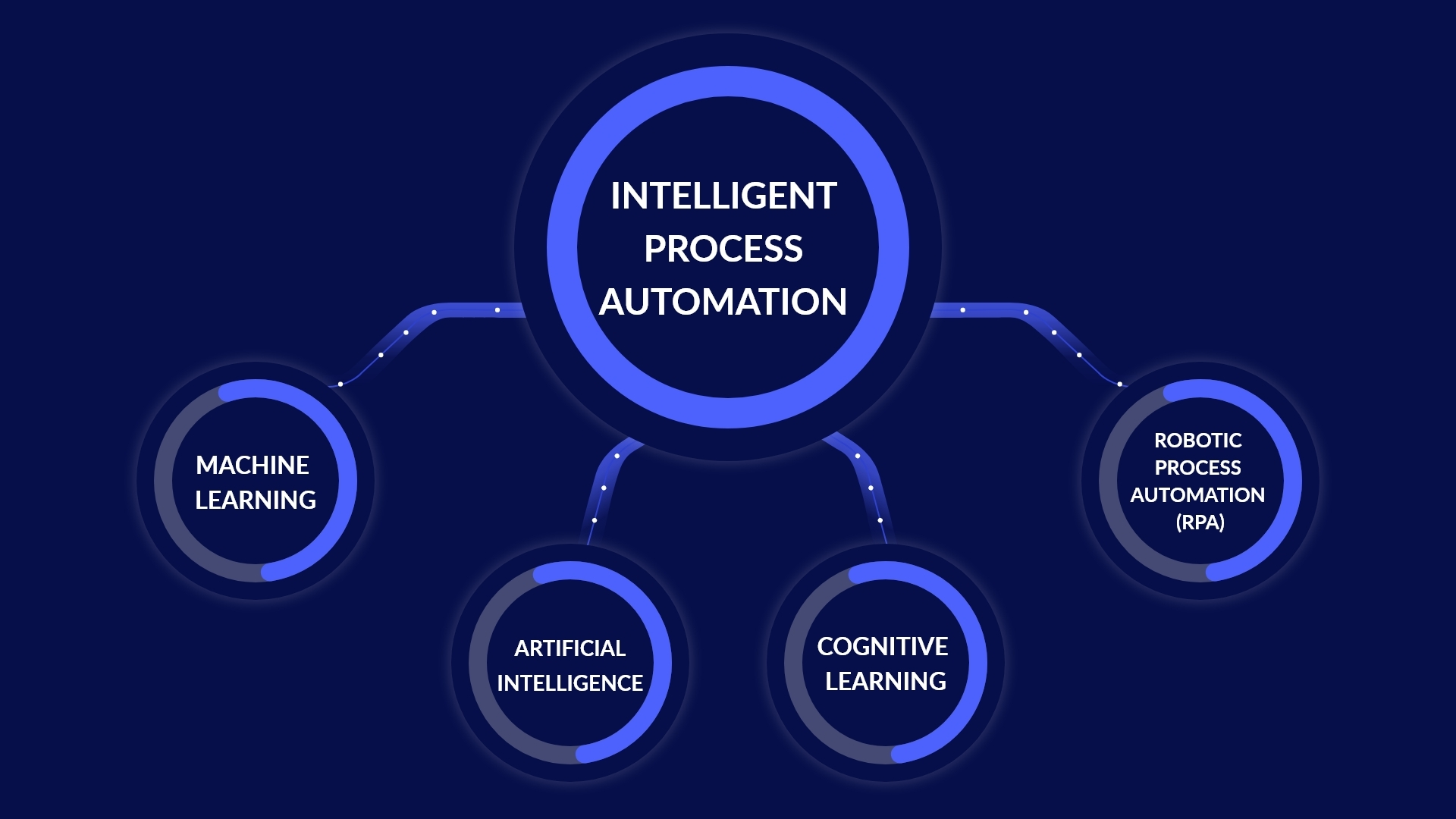
In the vast world of Industrial Manufacturing, making things run smoothly is like the secret sauce in a recipe. Imagine a kitchen where everything is automated – from chopping vegetables to stirring the soup. Well, in the manufacturing world, that’s what we call ‘Streamlining Process with Automation.’ Let’s break down this concept in simple words.
“Skilled engineers are the architects behind the scenes, crafting precise instructions for the robotic performers.”
What is Automation?
Automation means getting machines to do tasks without much human involvement. It’s like having a robot assistant that follows instructions to get the job done. In industrial manufacturing, this could be anything from assembling products to packaging them.
The Basics of Streamlining
Streamlining is like making a river flow without obstacles. In manufacturing, it’s about making things work efficiently, without wasting time or resources. Combining this with automation is like having a well-organized assembly line in a chocolate factory – each step is smooth, and there are no hiccups.
Why Automation Matters
- Efficiency Boost: Automation speeds up the manufacturing process. It’s like having a superhero that does things in seconds, what would take humans hours.
- Consistency: Robots don’t get tired or make mistakes due to fatigue. This means every product is the same high quality, like cookies from a perfect recipe.
- Cost Savings: Automated machines might seem like a big investment, but in the long run, they save money. Think of it as buying a high-quality blender that lasts for years instead of a cheap one that breaks quickly.
Automation in Action
Let’s take a closer look at how automation works in different parts of industrial manufacturing:
1. Assembly Line Automation
In the heart of manufacturing, the assembly line is where products come together. Automation here is like a well-choreographed dance – each machine has its role, seamlessly passing the product along until it’s complete.
2. Robotics in Packaging
Picture a robot neatly packing chocolates into boxes. That’s automation in packaging. It’s precise and quick, ensuring every box leaving the factory looks perfect.
Benefits of Robotics in Packaging:
- Speedy Packaging: Robots can pack items much faster than humans, making sure products reach the shelves in no time.
- Space Efficiency: Robots don’t need much space, allowing for compact and organized packaging areas.
3. Quality Control with Sensors
Ever bought a bag of chips only to find it’s mostly air? Automation with sensors ensures that doesn’t happen. Machines equipped with sensors check products for defects or inconsistencies, maintaining quality.
How Sensors Improve Quality Control:
- Detecting Imperfections: Sensors identify even the tiniest flaws, guaranteeing only top-notch products go out.
- Reducing Waste: By catching defects early, less material goes to waste, making the process more eco-friendly.
The Human Touch in Automation
While robots and machines play a significant role, humans are the brains behind it all. Automation needs careful planning and programming by skilled engineers.
1. Programming Automation
This is where technical engineers come in. They write the ‘recipe’ for the robots, telling them exactly what to do. It’s like giving instructions to a chef – every detail matters.
Importance of Skilled Engineers:
- Precision Matters: Engineers ensure the automation process is precise and tailored to the specific needs of the factory.
- Troubleshooting: When something goes wrong, engineers are the heroes who fix it, ensuring the production line keeps running smoothly.
2. Human-Machine Collaboration
Humans and machines working together is like a team of superheroes. Automation takes care of repetitive tasks, leaving humans to focus on more complex and creative aspects of manufacturing.
Benefits of Collaboration:
- Increased Productivity: Humans can use their skills where they matter most, boosting overall productivity.
- Innovation: With routine tasks automated, humans have more time to come up with new ideas and improvements.
Practical Application:
Let’s imagine a toy factory embracing automation. Robots work together on the assembly line, putting together colorful toy cars. This makes the process faster, ensuring more toys are ready for children to enjoy. The factory owners save money in the long run because they don’t need to hire as many workers. Plus, the toys are consistent and flawless, bringing smiles to kids worldwide.
Real-world Impact:
In a real-world scenario, a clothing company uses automation in their production. This means clothes are stitched, pressed, and packaged by machines. The impact? The company can produce trendy clothes quickly and at a reasonable cost. This not only keeps customers happy with affordable fashion but also creates job opportunities for people overseeing the automated process.
“In the dance of automation, every machine plays a crucial role, ensuring a seamless manufacturing symphony.”
Conclusion: A Seamless Future in Manufacturing
In the grand scheme of things, ‘Streamlining Process with automation‘ is like a well-orchestrated symphony. Every instrument (or machine) plays its part, guided by the skilled hands of engineers and the creativity of human minds. As technology advances, the future of industrial manufacturing looks even more promising, with automation making processes smoother, faster, and more efficient. It’s not just about machines; it’s about creating a harmonious dance where humans and technology work hand in hand, bringing us a seamless world of manufacturing excellence.

